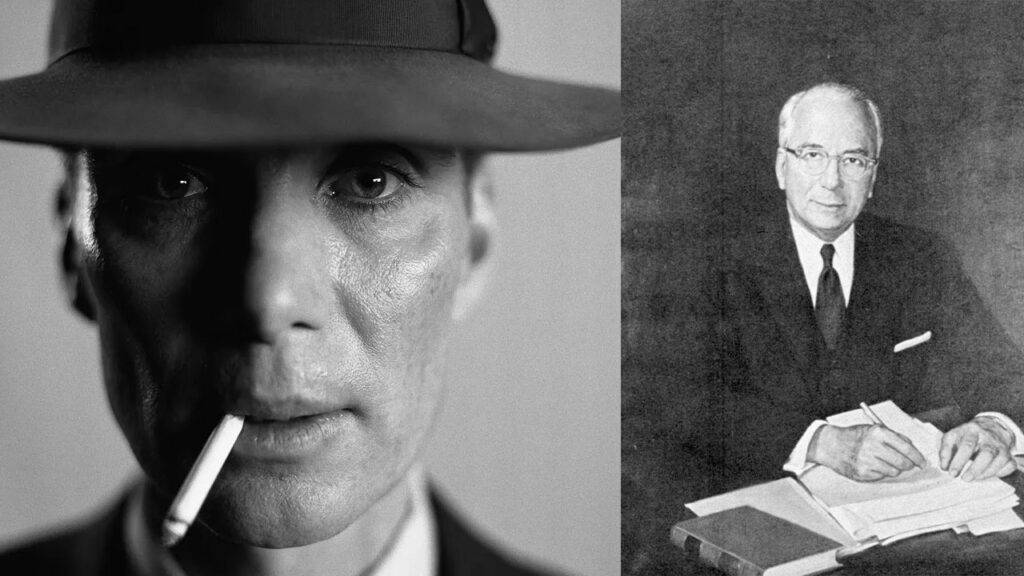In the annals of United States nuclear history, Rear Adm. Lewis L. Strauss stands out as a key figure, having played a pivotal role in shaping the nation’s thermonuclear policy. However, the mystery surrounding his death and the cause thereof remains a subject of intrigue and speculation.

Lewis Strauss and His Impact on U.S. Thermonuclear Policy
For over a decade, from 1946 to 1958, Lewis Strauss served on the Atomic Energy Commission (AEC), eventually becoming its chairman. During the tumultuous years following the Soviet atomic bomb explosion in 1949, Strauss was a fervent advocate for the immediate development of a hydrogen bomb.
His stance, supported by atomic luminary Dr. Edward Teller, clashed with the opposing views of Dr. J. Robert Oppenheimer. Ultimately, President Harry S. Truman sided with Strauss, leading to the detonation of the first American hydrogen device on November 1, 1952.
The Controversial Figure
Strauss’s tenure as AEC chairman was marked by acrimonious debates with Congress. Described as both sociable and intellectually arrogant, he faced challenges in navigating the political landscape.
A failed nomination for the Secretary of Commerce in 1959, after clashes with Congress, marked the end of his public service career. Observers noted his seeming desire to prove infallibility, creating both friendships and antagonisms.
Strauss’s Enormous Power and Beliefs
As head of the AEC, Strauss wielded immense power, overseeing the production of nuclear weaponry and serving as a special adviser to President Eisenhower. His staunch belief in the Soviet Union’s pursuit of world conquest shaped his approach, advocating for nuclear armament and strict secrecy.
This conviction extended to the Oppenheimer loyalty-security hearing in 1954, where Dr. Oppenheimer’s loyalty was upheld, but his security clearance was revoked.
Lewis Strauss Cause of Death
The demise of Lewis Strauss, occurring at the age of 77, was attributed to cancer. The New York Times reported, “Rear Adm. Lewis L. Strauss, U.S.N., retired, former chairman of the Atomic Energy Commission, died yesterday of cancer at his home, Brandy Rock Farm, in Brandy Station, Va.” However, the specific type of cancer was not disclosed in the available sources.
Unveiling the Mystery
To understand the cause of death fully, it’s essential to delve deeper into the details. Unfortunately, the provided sources and data do not specify the type of cancer that led to Strauss’s demise.
The lack of this crucial information leaves an unanswered question about whether his cancer was linked to his years of handling top-classified information and the stress associated with shaping U.S. nuclear policy.
How Did Oppenheimer Die
In a parallel narrative, J. Robert Oppenheimer, another central figure in the atomic age, faced a different fate. Stripped of direct political influence and embroiled in controversies, Oppenheimer continued his work in physics.
His later years were marred by laryngeal cancer, leading to his death in 1967. The connection between Oppenheimer’s fate and the controversies surrounding the atomic bomb raises intriguing questions about the toll of such endeavors on those involved.
Conclusion
The life and death of Lewis Strauss remain shrouded in complexity, reflecting the intricate nature of Cold War-era nuclear politics. While his significant contributions to U.S. thermonuclear policy are undeniable, the mystery surrounding the cause of his death adds another layer to his enigmatic legacy.
As we navigate the historical landscape, the quest for understanding continues, seeking to unravel the untold stories behind the figures who shaped the course of nuclear history.



